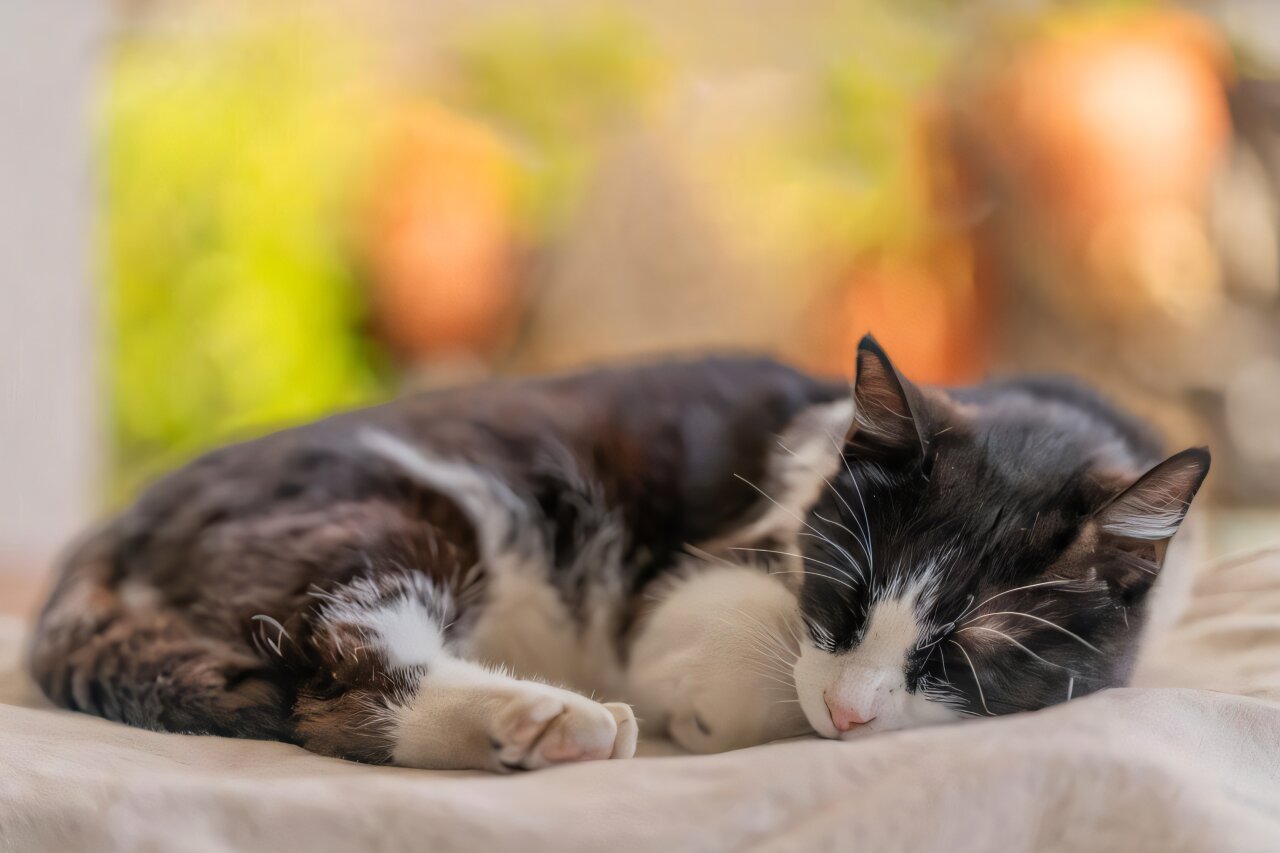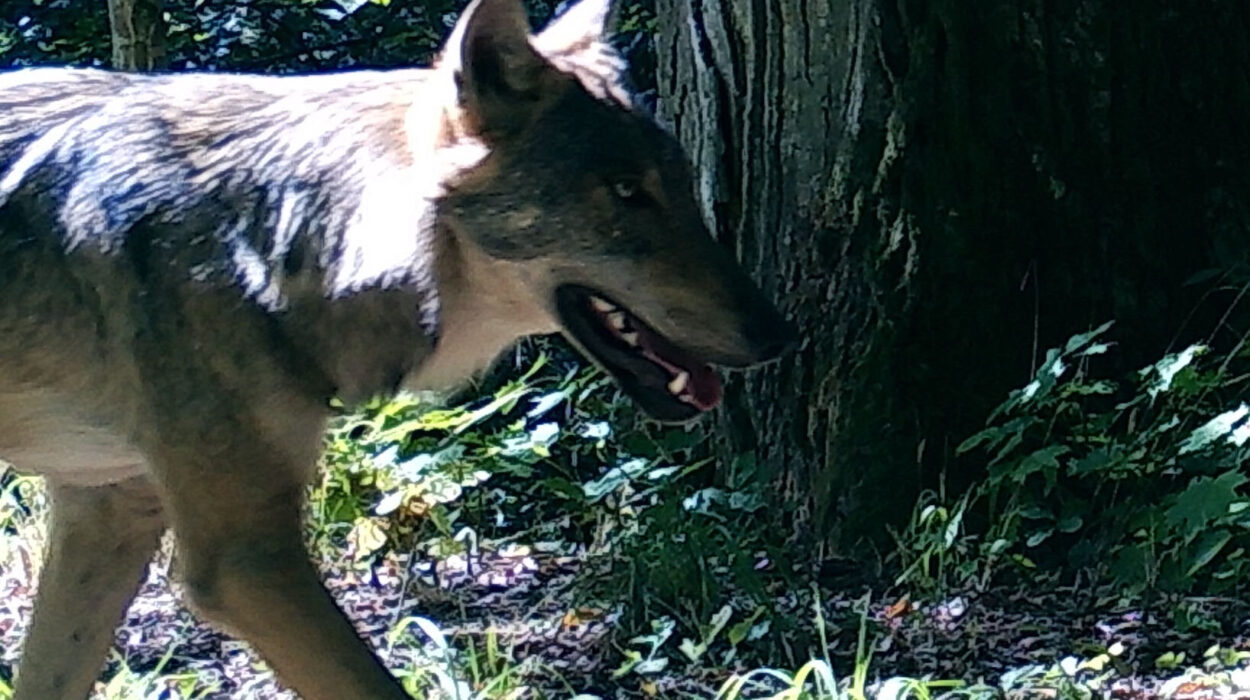Most of us have watched a cat curl up and drift into a deep slumber—sometimes on a sunny windowsill, other times balanced impossibly on a bookshelf. It’s peaceful, charming, even a little humorous. But according to new research, the way cats sleep isn’t just cute—it may be an ancient survival strategy hardwired into their brains.
An international team of scientists has discovered that domestic cats show a surprising preference for sleeping on their left side. Their findings, published June 23, 2025, in the journal Current Biology, suggest that this subtle asymmetry in sleep posture could have deep evolutionary roots. It may help cats detect danger more quickly and respond with the lightning-fast reflexes that have defined them for millennia.
And how did they uncover this? Not in the wild, or even in a lab—but through hundreds of YouTube videos.
YouTube, Curiosity, and Scientific Discovery
Led by Dr. Sevim Isparta of the University of Bari Aldo Moro in Italy and Professor Onur Güntürkün of Ruhr University Bochum in Germany, the team analyzed 408 original YouTube videos featuring cats asleep on one side. These were unedited, publicly available clips where a single cat’s full body was clearly visible for at least ten seconds while sleeping.
The result? About two-thirds of the cats were snoozing on their left side.
That might not seem earth-shattering at first glance. But in biology, small behavioral tendencies can reveal powerful underlying truths—especially when they show up in animals across environments, ages, and breeds.
“These types of lateral biases in behavior are often linked to how the brain is organized,” explains Güntürkün, an expert in brain asymmetry and animal behavior. “It turns out, just like humans, animals may favor one side because different hemispheres of the brain are better at different tasks.”
Left Side Down, Right Brain Ready
Why would a left-side sleeping position matter for a cat? The answer lies in how the brain processes visual information. Each side of the body feeds information to the opposite side of the brain. That means when a cat is lying on its left side, its left eye and left visual field are more active and unobstructed upon waking—feeding directly into the right hemisphere of the brain.
And the right hemisphere is where things get interesting.
It’s the part of the brain responsible for spatial awareness, threat detection, and rapid motor responses—in short, the mental toolbox a cat needs to hunt or flee in an instant.
“Sleeping on the left side means that when a cat wakes up, it’s immediately directing visual input into the brain hemisphere best equipped to evaluate its surroundings for threats or opportunities,” says Isparta. “That can be the difference between life and death in the wild.”
Born Survivors in Soft Fur
Although today’s house cats may spend their days lounging on keyboards and chasing feathers, they are still wired for survival. Cats, even the most pampered ones, sleep anywhere from 12 to 16 hours a day. It’s during these long hours of unconsciousness that they are at their most vulnerable.
Their favorite sleeping spots—like elevated surfaces, warm boxes, or under furniture—are often chosen for protection as much as comfort. Sleeping with a bias toward the left side could be yet another micro-adjustment evolved over time to give them a subtle advantage.
And this isn’t just speculation. The study’s strength lies in how widespread and spontaneous the footage was. The researchers didn’t rely on controlled lab conditions but drew from the chaotic, global archive of real-world behavior: YouTube.
By carefully excluding flipped videos or content with mirrored orientations, the team ensured that their dataset reflected true body positioning, not camera tricks. In this way, they uncovered patterns that even the cats’ owners may never have noticed.
Evolution Isn’t Always Obvious
Behavioral asymmetries are well documented in animals. Parrots use one foot more than the other. Dogs tend to wag their tails more to the right when they see their owners. Even humans show strong lateral preferences—think of handedness or how we instinctively step off the curb with one foot more often than the other.
But for cats, this is one of the first studies to link sleeping side preference to brain hemisphere specialization and survival instincts. And it raises fascinating questions: Do kittens develop this behavior through experience, or is it inborn? Do wild felines show similar tendencies? Could it influence how cats are trained or treated for behavioral issues?
For now, these remain open questions—but the foundation has been laid.
A Small Detail with a Big Meaning
In a world saturated with viral cat videos, it’s easy to overlook just how much science can be hidden in plain sight. What seems like a random nap pose can, with careful observation, reveal evolutionary strategies shaped by thousands of years of natural selection.
“We’ve always thought of cats as mysterious,” says Güntürkün. “But sometimes, their behavior is telling us something very clear—if we’re willing to watch closely.”
So the next time your cat curls up for a nap, take a look at which side they settle on. There’s a good chance it’s their left. And if so, you’re witnessing more than just a snooze—you’re watching a finely tuned product of evolution at rest, ever prepared to awaken and face the world in a blink.
Reference: Sevim Isparta et al, Lateralized sleeping positions in domestic cats, Current Biology (2025). DOI: 10.1016/j.cub.2025.04.043






